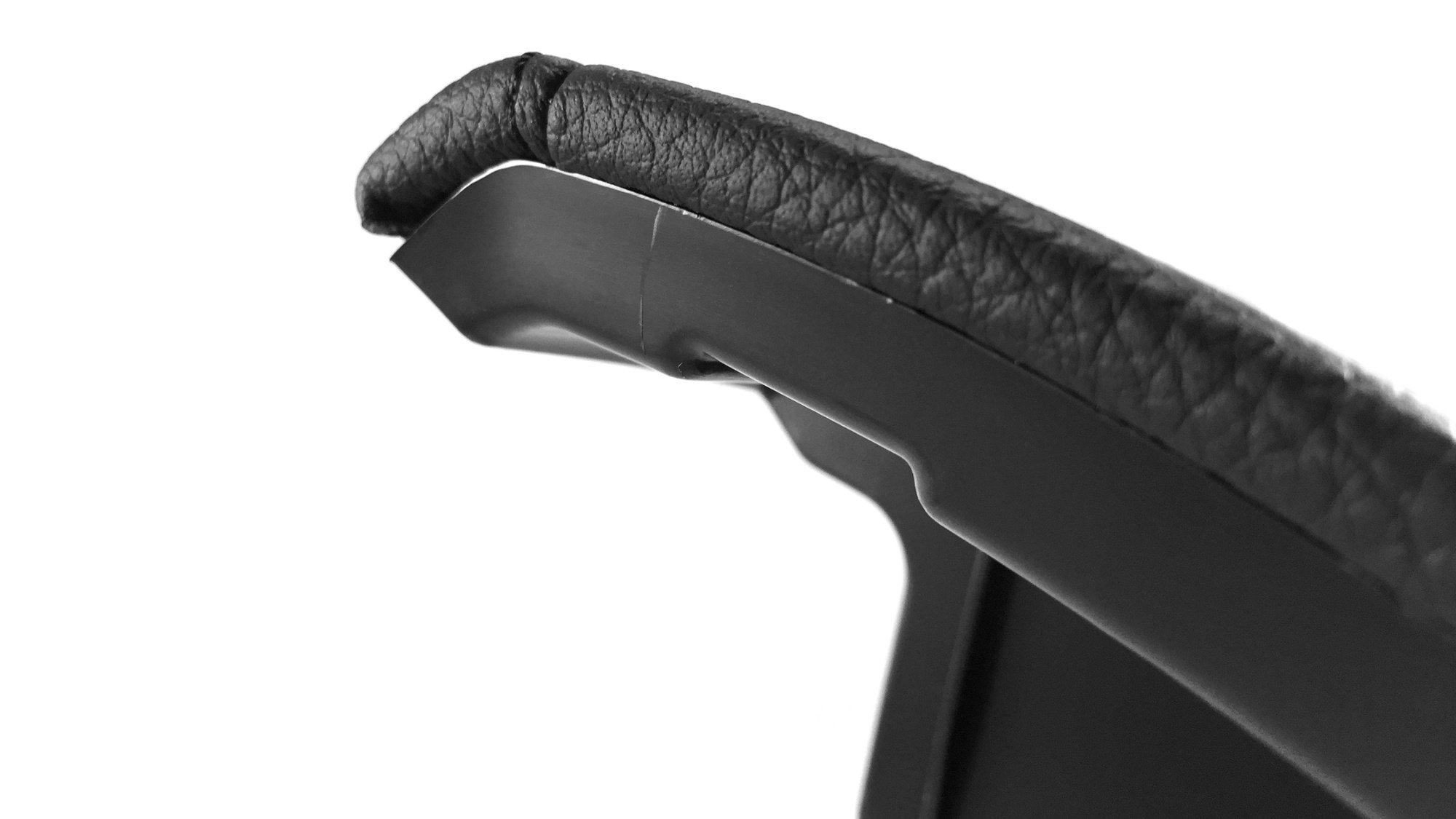The basics of hot plate welding plastic parts
Hot plate welding is a thermoplastic joining process that uses heat and pressure to form strong, reliable welds in parts. It's an efficient and cost-effective method for manufacturing components from plastic materials such as PP, ABS, PC, TPE, and more. Hot plate welding offers numerous advantages over other plastic joining methods, such as stronger, particulate-free welds. This guide will cover the basics of hot plate welding, including its steps, benefits, and typical applications. We will also discuss tips for designing your parts for hot plate welding success and the equipment used in this process.
Steps of the hot plate welding process
The hot plate welding process can be broken down into three basic steps: Melt, Open, and Seal.
Melt: During the melt or heating stage, an upper and a lower heating plate are used to melt the components that must be joined. The temperature of both plates is controlled to ensure uniform heating across the entire surface area of the part.
Open: Once melted, the parts are removed from the heated tooling. The heated tooling retracts out of the way so the melted surface can be brought together.
Seal: The final step in the hot plate welding process is sealing. The welder pushes the parts together using pressure to create a bond at the joint. The result is a robust and watertight seal.
Benefits of hot plate welding
Hot plate welding offers numerous advantages over other plastic joining methods. First, it's fast, efficient, and cost-effective, making it ideal for mass production. With hot plate welding, manufacturers can produce strong and reliable welds quickly and consistently. Unlike some plastic joining methods, hot plate welding produces particulate-free welds that are aesthetically pleasing and structurally sound.
Common hot plate welding applications
Hot plate welding is used to join a variety of thermoplastic components. It's commonly used in the automotive industry to weld coolant bottles, glove box doors, batteries, and more. The process welds blood cartridges, pharmaceutical filtration parts, and more in the life science industry. Another useful application is welding components used in large batteries for renewable energy storage. These are just some of the many applications that use hot plate welding.
Designing your parts for hot plate welding success
It's essential to design the part with the hot plate welding process in mind. For instance, each half of an assembly should have sacrificial weld ribs. The top of the weld rib should be parallel with its counterpart on the other half of the assembly. For in-depth design assistance, review our hot-plate welding design guidelines. Once you have an initial design, you should have a hot plate welding expert like Extol check it and provide recommendations to make it the best it can be.
Hot plate welding equipment
To perform hot plate welding, manufacturers need specialized equipment. The key components are the heated plate and press tooling. Heat plates generate heat and are configured to match the size and shape of the parts being welded. Press tooling holds and applies pressure to the parts as they're being welded. Some hot plate welders use pneumatics or hydraulics to move the press tooling and heat plates. However, more sophisticated hot plate welders use servo control due to their superior speed, precision, and accuracy.
Summary
Hot plate welding is an efficient and cost-effective way to join thermoplastic parts. It offers numerous advantages over other plastic joining methods, such as stronger, particulate-free welds with consistent quality. When used correctly, it can be a reliable process for mass production of components in the automotive, life science, and renewable energy industries. Manufacturers must design their parts with the welding process in mind and use specialized hot plate welding equipment to ensure successful welds. With Extol's expertise and resources, you can be sure your parts will achieve optimal hot plate welding results.
To learn more about hot plate welding or get started on a project, contact Extol today. We will happily answer any questions and provide the best solutions for your needs. With over 35 years of experience in hot plate welding, we are ready to help you take your plastic product to the next level.
Contact us today using the form below!

